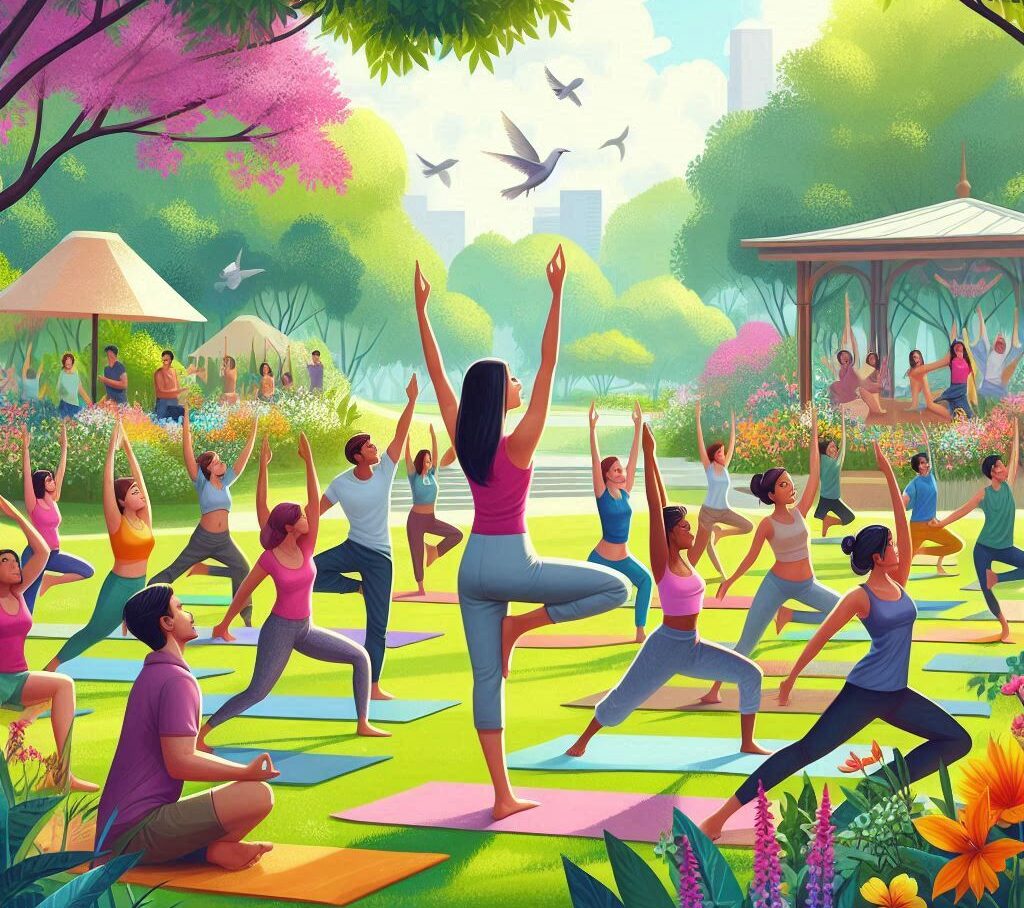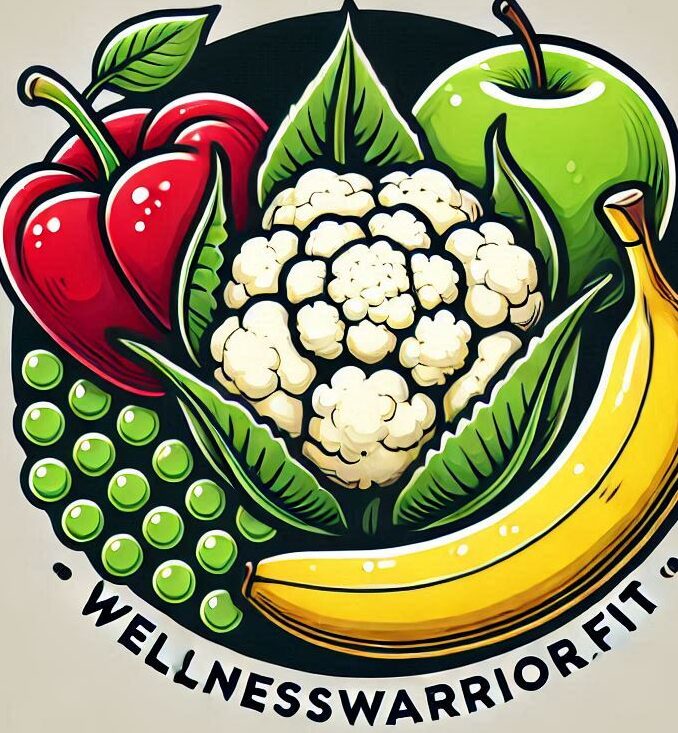Flexibility might feel like one of those superpowers only a few are born with, but good news – yoga’s got you covered. This ancient practice isn’t just about striking poses that look cool on Instagram. It’s about enhancing your body’s ability to move with grace and ease.
When you think about staying fit, yoga might not be the first thing that pops into your head. Yet, it’s a genuine powerhouse for flexibility. Each pose encourages stretching, breathing, and challenging your muscles in a gentle way. It works wonders for those tight spots in your body.
Flexibility isn’t just about touching your toes; it’s about moving through life with less resistance. Think about how much it helps with everyday activities, like reaching for that top shelf or turning around swiftly whenever someone calls your name. With regular practice, you’ll notice movements become smoother and more fluid.
Now, there’s this rumor going around that yoga only benefits those who are already flexible. Don’t buy it. Yoga meets you where you are, so whether you can barely touch your knees or you’re already doing splits, there’s a place for you on the mat.
Starting your practice at home is a solid option, especially for beginners. It offers privacy, doesn’t require fancy gear, and lets you move at your own pace. Plus, what’s better than practicing in your comfy PJs? Just remember, practice safely, listen to your body, and enjoy the journey of getting bendy!
Top 10 Yoga Poses for Flexibility
Embarking on your yoga journey at home is a smart move. You can pause, rewind, and focus on what feels right. And when it comes to poses for flexibility, these ten are absolute game-changers.
First on the list is the Downward-Facing Dog. This classic pose isn’t just iconic; it stretches your whole body, from your hands all the way to your heels.
The Cat-Cow stretch is up next. It’s perfect for loosening stiff spines and getting your back ready for anything life throws your way.
Then there’s the Standing Forward Bend. This pose invites a deeper stretch along the hamstrings and calves, sending tension packing.
Enter the Triangle Pose. With this one, you get to give your side body some much-needed love. It extends and opens, making space where there was tightness.
Pigeon Pose is another must-try. This target-the-hips posture helps melt away lower back and hip tension. It might even become your new favorite.
If you’re all about the cozy feeling, Child’s Pose might be calling your name. It’s the perfect way to wrap up a session, giving your body time to soak it all in while gently stretching your back.
The Cobra Pose offers a nice counter to all those forward bends. Let your spine extend upward, opening your chest and possibly your heart.
Seated Forward Bend. Similar to its standing cousin, this one calms your mind while inviting your back and hamstrings into a deeper stretch.
The Bridge Pose strengthens your back while stretching your chest and spine, delivering a delicious combo of strength and flexibility.
Finally, we’ve got the Lizard Pose, which stretches your quads and hamstrings. It’s intense, but it’s also transformative, helping unlock hidden tensions.
These poses aren’t just about the stretch. They’re about feeling good in your own skin, tackling tension, and maybe even answering that lingering question: Does yoga really work? You bet it does.

Mental and Physical Transformation: What Yoga Does to the Body and Brain
Yoga is doing more than just bending and twisting; it’s getting into both your body and your brain for some serious revamping. Starting with your body, yoga gently nudges your muscles and joints, encouraging them to improve their range of motion. It releases the tension you didn’t even know you were holding and helps you develop balance and strength.
On the brainy side, yoga is a bit like a spring clean. Each pose isn’t just a stretch for your body but for your mind, too. Scientific studies highlight how yoga can boost concentration and reduce stress. The act of steady, rhythmic breathing calms your nervous system, leading to a clearer, more focused mindset. It’s a direct hotline to improving overall mental health.
When people ask which yoga is best for the brain, a flowing Vinyasa or a calming Hatha can work wonders, but don’t count out meditation-heavy practices like Kundalini. These styles incorporate breathing and meditative elements, basically giving your brain a mini vacation.
But does yoga really work for the brain? Yes, and there’s more. It’s about consistency, showing up on the mat regularly. The more you practice, the more your brain rewires in response to new patterns of breathing and movement. Slowly but surely, you might notice you’re sharper and more in tune with your surroundings.
The transformative tales from seasoned yogis are testament to yoga’s power. Some have found relief from stress-related disorders, while others report enhanced mood and self-awareness. It’s not just about flexibility, but about finding a balance within yourself, creating a healthier, more integrated version of you.
Starting Your Yoga Journey: Advice for Beginners
Dipping your toes into the world of yoga can feel overwhelming with all the different styles out there. For beginners, keeping it simple is key. Choose Hatha yoga, which is gentle and easy to follow, helping newbies ease into the practice without stress.
Choosing the ideal spot for your home practice is the first step. Find a quiet corner where you’re least likely to be interrupted. Don’t stress about buying a ton of gear. A yoga mat (amazon link) and comfy clothes are all you really need to get rolling. Yoga leggings and pants are also ideal.
When starting out, listen to your body. You might feel a little awkward or silly at first, but that’s totally normal. Move at your own pace and take what resonates with you; you’re building a foundation, not rushing to the finish line.
It’s natural to wonder which yoga is best for beginners. As mentioned, Hatha is beginner-friendly, but don’t shy away from trying different styles like Vinyasa or Yin. Your preferences might surprise you as you explore.
The journey of yoga isn’t just physical; it’s about self-discovery too. You’ll become more in tune with your body’s needs and learn how to push your limits safely. Keep an eye on your progress, not just with poses, but mentally too.
Consulting an experienced yoga instructor can offer valuable insights. They’ll help you steer clear of common mistakes and motivate you to keep improving. They’re a goldmine of tips on maintaining motivation even when you’re ready to toss in the towel.
Incorporate yoga into your routine regularly, and it’ll soon feel like second nature. You’ll find that the more consistent you are, the more enjoyable each session becomes, like reconnecting with an old friend.
Here’s a little transparency: Our website contains affiliate links. This means if you click and make a purchase, we may receive a small commission. Don’t worry, there’s no extra cost to you. It’s a simple way you can support our mission to bring you quality content.”
